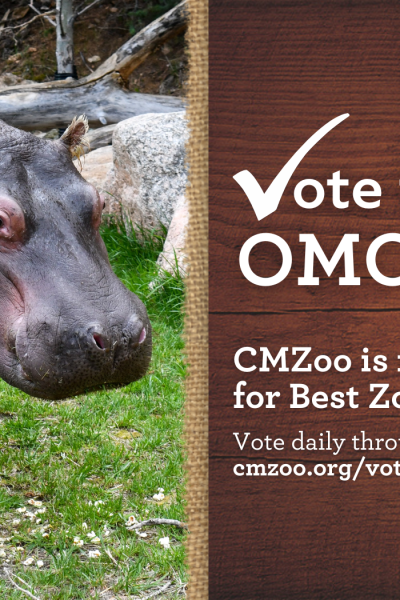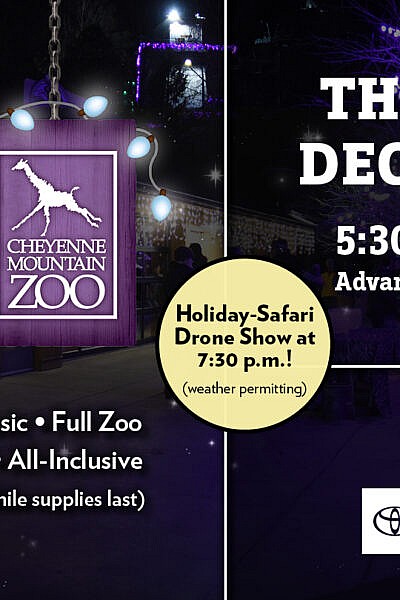Water’s Edge Africa at Cheyenne Mountain Zoo is home to three wide-eyed, stripe-tailed and utterly adorable ring-tailed lemur pups! The leading lady of Lemur Island, 12-year-old ring-tailed lemur matriarch, Allagash, has her hands full.
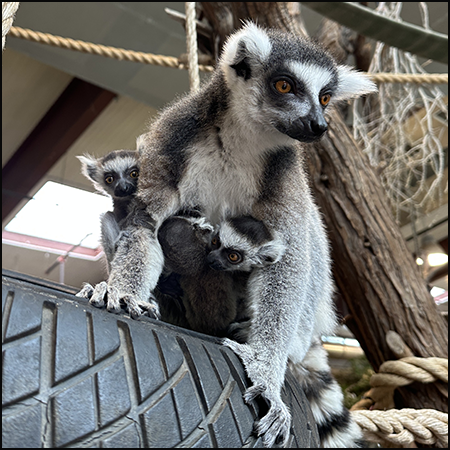
She’s caring for all three bundles of joy, born on Thurs., March 20, 2025, but she didn’t give birth to all three. Rogue, Allagash’s sister, also gave birth on March 20, and Allagash has accepted Rogue’s offspring as her own.
Lemur conspiracies (what a group of lemurs is called) are matriarchal, and Allagash has led the CMZoo troop since its early days. The dominant female’s offspring are typically second-in-command, followed in rank by any other females, with males at the bottom of the social ranks. When Allagash and Rogue had their babies on the same day, staff saw that complex hierarchy in action.
The day after the births, chasing ensued on Lemur Island, and Rogue was displaced. During a chase, Rogue was separated from her offspring. Staff attempted to reunite them, but Rogue did not accept the baby. Allagash immediately accepted the baby when staff presented it to her.
Since then, in efforts to reestablish peace and safety for the troop, staff have kept Rogue separated by mesh from the rest of the lemur group. Staff are monitoring all lemurs closely, and have seen calm interactions through mesh between the group and Rogue. They have seen Rogue grooming Allagash (a sign of calm respect and bonding between the sisters) and the babies. Rogue and the troop often choose to sleep next to each other on either sides of the mesh. Staff hope to begin taking steps to reunite the troop in the future.
All three babies are consistently nursing and clinging to Allagash. Both of those behaviors indicate the pups are healthy and bonding well, and they’re growing like wildflowers!
“The babies are quite active while climbing on Allagash, which makes her kind of like a lemur jungle gym for the little ones,” Michael Barnas, animal keeper in Water’s Edge, says. “While two are nursing, the other rides on her back, and they rotate positions to nurse.”
Watch a short video of Allagash and the three new pups
The babies are typically attached to Allagash while they’re this little. At four weeks old, they are getting more curious about the world around them. They have started venturing off Allagash for brief moments, onto tree branches and their dad, Hercules. They seem to really enjoy jumping up and down in the sunshine, too. One baby recently jumped from Allagash’s torso to her face.
“Allagash looked a little surprised at its landing spot and gently moved the baby from her nose to her neck, where it quickly settled in for another nap,” Michael says. “She’s a great mom, and the babies seem strong. In between rotating nursing opportunities, she rotates grooming them, which is important for their bonds and cleanliness.”
Leaning on their trusting relationship with Allagash, keepers have been able to monitor Mom and the pups by asking Allagash to come over to them for visual checks. The little ones are starting to recognize things, notably other lemurs and their keepers. The sexes of the babies have not been identified, and there are no plans to name the babies yet. CMZoo will share updates on its social media channels as the team learns more about them. As long as all continues to go well for the lemurs, guests can see them right away.
The seven lemurs are all visible on Lemur Island. They take turns exploring spaces on either side of the mesh ‘nursery’ on the inside portion of the island, and Rogue explores the outdoor section of Lemur Island on warm and sunny days.
According to the Lemur Conservation Foundation, lemurs are among the most threatened groups of mammals. The International Union for the Conservation of Nature (IUCN) estimates that over 95 percent of lemurs face extinction in the next 20 years. Ring-tailed lemurs are endangered, according to the IUCN. Hercules has breeding recommendations with Allagash and Rogue, as part of the ring-tailed lemur Species Survival Plan, managed cooperatively by members of Association of Zoos and Aquariums-accredited facilities, like CMZoo.
Lemur gestation lasts about 135 days. Newborn lemurs typically cling closely to the mother for about two weeks, then will start to ride on her back. After about a month, young lemurs will start exploring more independently and are typically fully weaned at about five or six months.
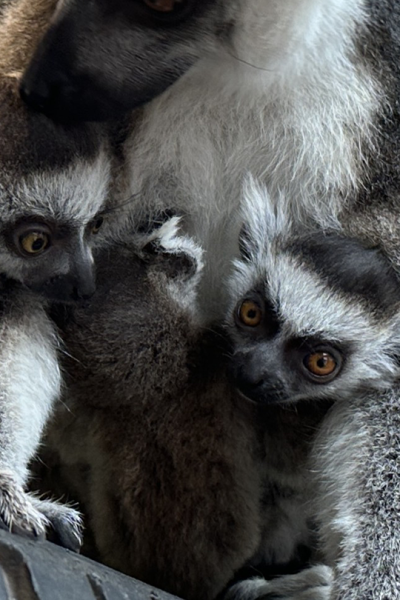

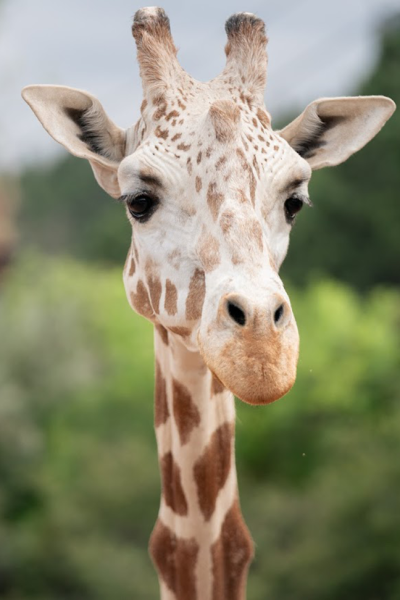

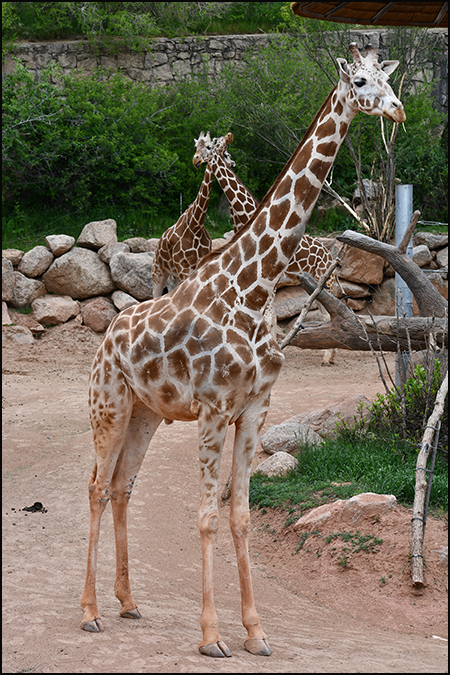
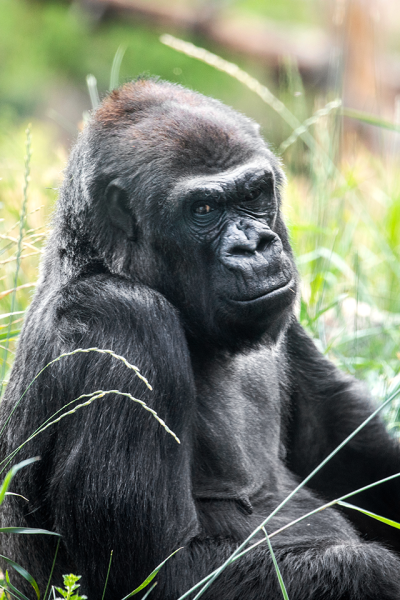
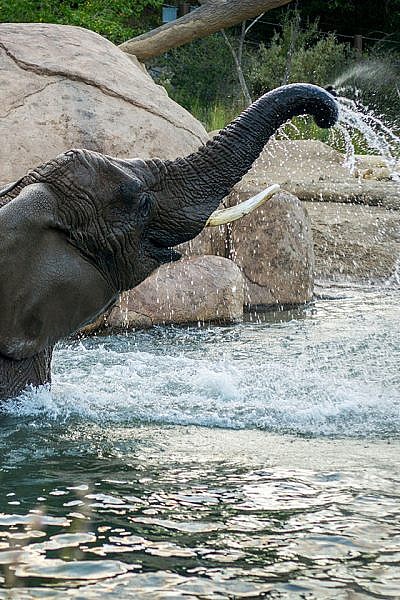
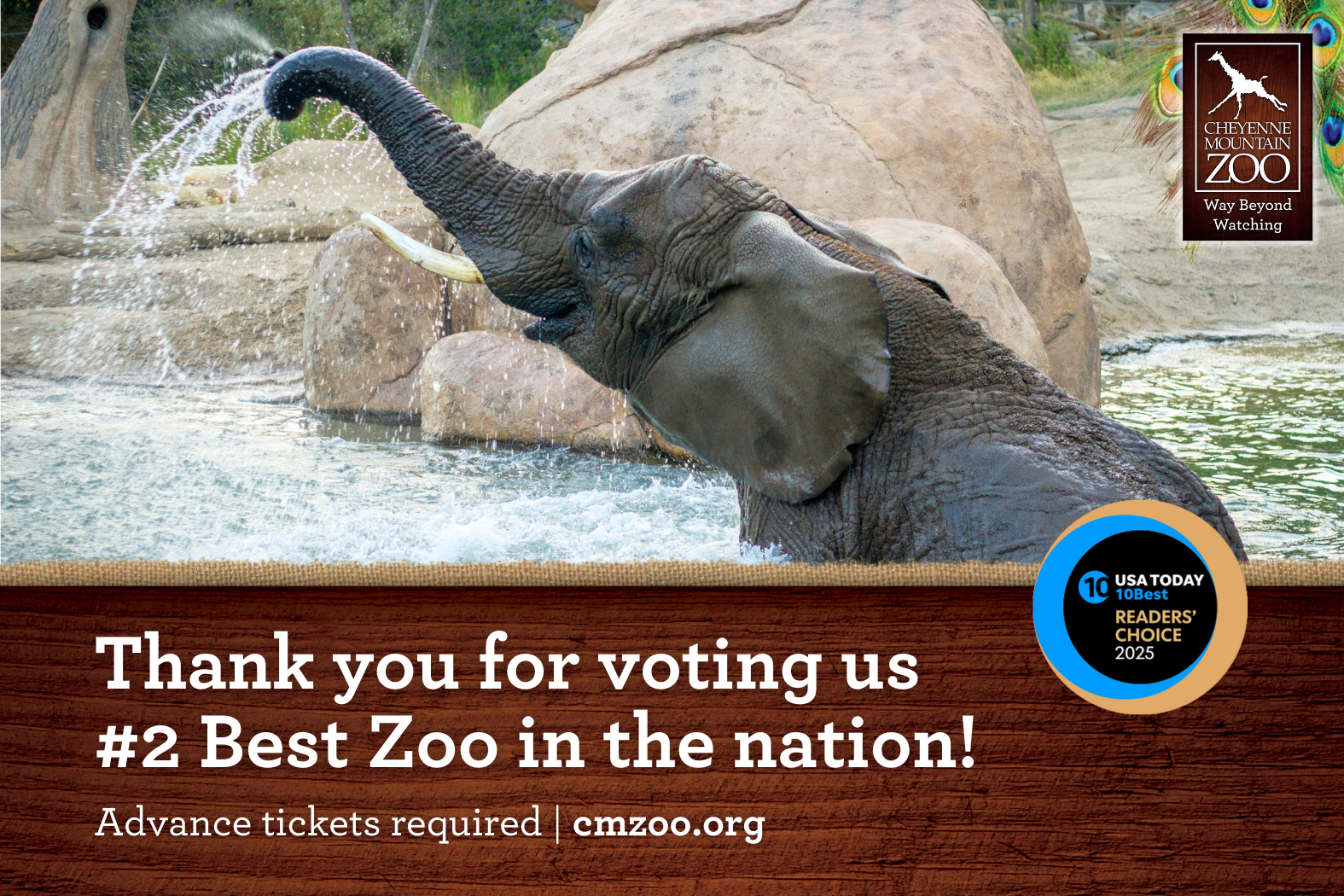
 In 2024, CMZoo celebrated a huge conservation milestone: surpassing $5 million raised for frontline conservation efforts, including over a million dollars for African elephant and black rhino conservation. Every visit to the Zoo is conservation in action, because every ticket purchased raises 75¢ for
In 2024, CMZoo celebrated a huge conservation milestone: surpassing $5 million raised for frontline conservation efforts, including over a million dollars for African elephant and black rhino conservation. Every visit to the Zoo is conservation in action, because every ticket purchased raises 75¢ for 